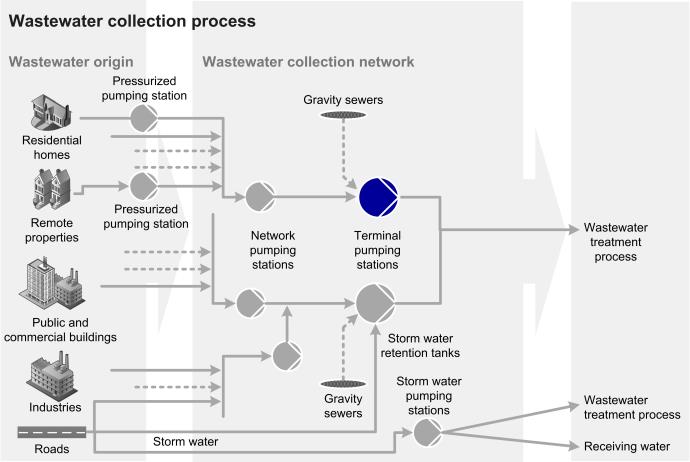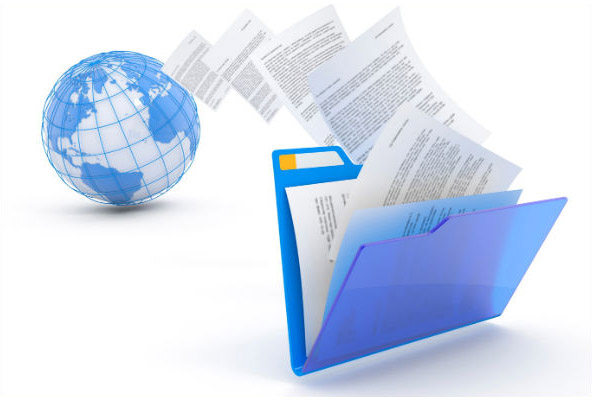- Configuring substations
- Checking and acknowledging alarms
- Checking events
- Collecting log data
Monitor and configuration software type ABS AquaProg
Upgrade your substation software
AquaProg is a Windows-based software specifically designed for configuring EC 531, PC 441, PCx, and CP 116/216 substations via an RS-232, USB, or modem connection between the substation and the computer. It also performs event and alarm checking, and collects log and configuration data.
- Showing the display and LED of the substation
- Showing the status of the in- and outputs of the substation
- Collecting and sending the configuration data of the substation
- Upgrading substation software




